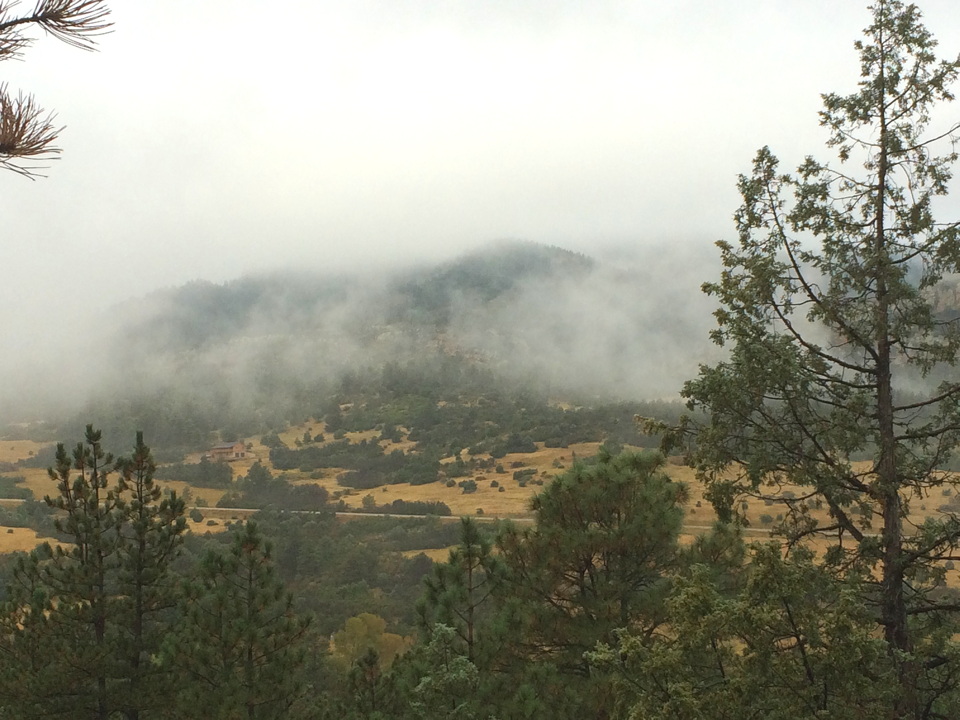The Siberian band Otken — check out their YouTube channel.
(Thanks for a friend here in the Hardscrabble country.)

The Siberian band Otken — check out their YouTube channel.
(Thanks for a friend here in the Hardscrabble country.)

Why the comparison between countless tons of quarried stone and “the oldest wooden statue in the world,” estimated at 9,500 years before present? In each case, there are those who believe that the structures (particularly the Great Pyramid) and the sculpture from the Ural Mountains contain secret codes.
The tall statue is made from larch wood and its surface is marked by a variety of lines and faces. These must mean something, researchers claim, but explanations vary from faces of spirits to encoded navigational information to a form of ancient writing something like Ogham or runes.
An article in the Siberian Times rounds up some of the speculation:
Expert Svetlana Savchenko, chief keeper of Shigir Idol, believes that the structure’s faces carry encoded information from ancient man in the Mesolithic era of the Stone Age concerning their understanding of ‘the creation of the world’. . . .
Professor Mikhail Zhilin, leading researcher of the Russian Academy of Sciences’ Institute of Archeology, explained: ‘We study the Idol with a feeling of awe. This is a masterpiece, carrying gigantic emotional value and force. It is a unique sculpture, there is nothing else in the world like this. It is very alive, and very complicated at the same time.
‘The ornament is covered with nothing but encrypted information. People were passing on knowledge with the help of the Idol.’
He is adamant that we can draw conclusions about the sophistication of the people who created this masterpiece, probably scraping the larch with a stone ‘spoon’, even though the detail of the code remains an utter mystery to modern man. . . .
Some have claimed the Idol includes primitive writing, which, if true, would be amongst the first on Earth, but there is no consensus among experts who have studied the Urals statue.

This man is costumed as the King (or Khan or Bull) of the Winter, as envisioned in the Sakha Republic of northeastern Siberia.
Here is the translation of the page about him in the Turkish Wikipedia, with a link to the photograph.
The Turkic people of Sakha were originally followers of shamanic traditions before being converted to Orthodox Christianity, and some are going back.
There seems to be a suggestion in the Wikipedia text that the bull horns might have been originally mammoth tusks, which would make more sense for that part of the world.
The website English Russia has a selection of photos of winter life there as well. “Yakutia has turned cold into brand!”